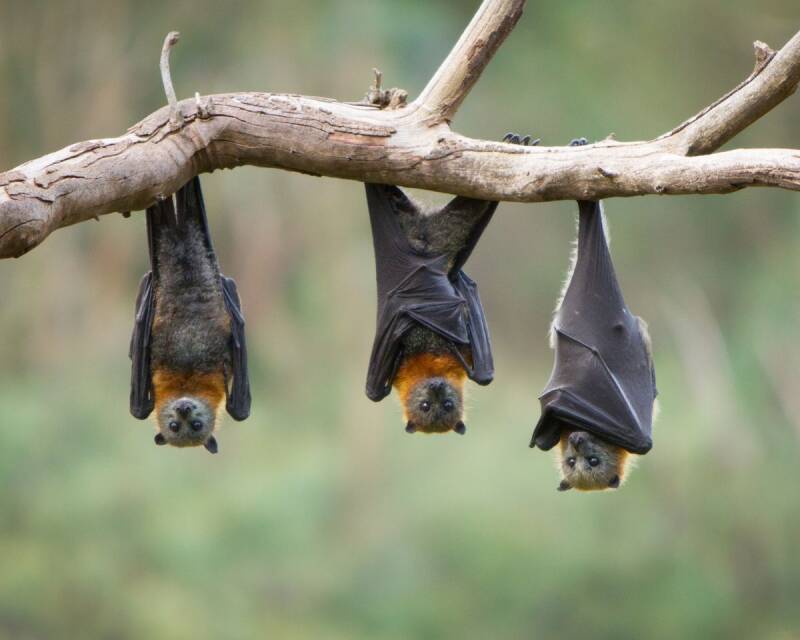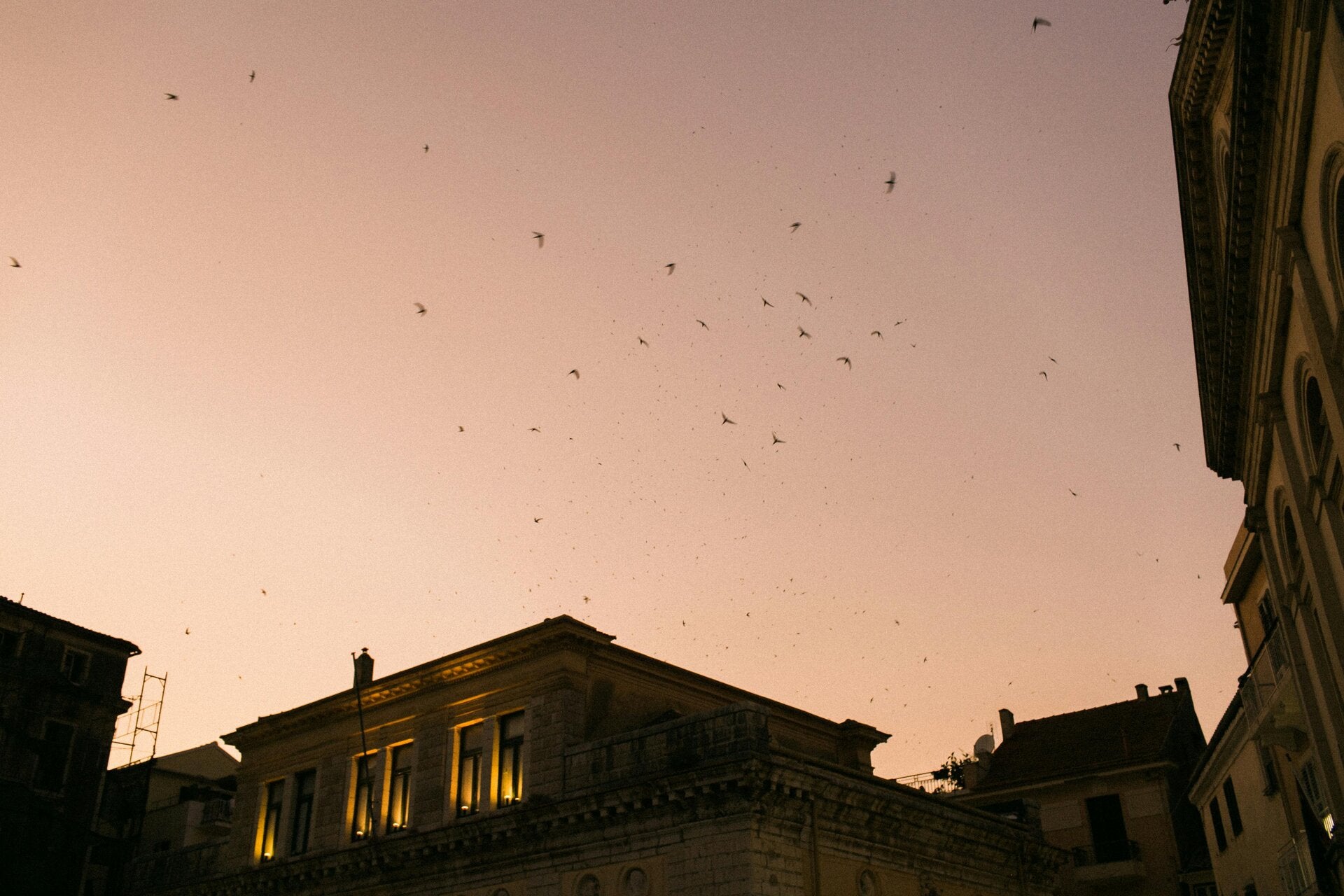
Information
We understand the importance of protecting bat populations while preserving the historical integrity of your property. HerecWe givecan 9verview of the challenges you mayfind yourself up against.

Protecting bat populations
The Parrks Trust are an excellent organisation, and to be completely honest We have referenced a lot information from their great work, and credit where credits due: their web8te can be found here: https://www.theparkstrust.com/our-work/biodiversity/bats/
It's important to us to protect bat populations in the UK. We are committed to adhering to all relevant legislation and guidelines to ensure their conservation during any building works.

Why are Bats protected?
- The only true flying mammal in the world!
- There are 18 species of bat found in the UK.
- They feed on insects at dusk and dawn.
- There are over 1,400 species of bats in the world, and more are still being discovered.
- Bats are essential in the natural world and are indicators of a healthy environment.
- Bats are essential in the natural world and are indicators of a healthy environment. Their future is directly linked to our quality of life and our environment.
- In the UK, the Bat Conservation Trust, supports nearly 100 local bat groups and thousands of dedicated volunteers working to care for bats, monitor bat populations, create bat-friendly gardens and answer questions about these fantastic creatures.
As a final side note: 1 bat eats up to 1000 mosquitoes per hour, meaning that a colony of 100 bats can devour around ¼ million mosquitoes in one evening!, so they're our friends!

And there's more
Bats are a protected species as they face threats ranging from predation to crime and habitat loss. In the UK, bats and their roosts are protected by law which means you may be committing a criminal offence if you deliberately injure a wild bat or destroy their habitat.
Fortunately, most of our bat species populations remain stable. However, they are vulnerable to disturbances and several other threats. For example, their homes, foraging and commuting routes such as hedgerows and woodlands, have shrunk due to changes in farming and increased use of pesticides. Building activities, including barn conversions and home insulations, can disrupt their habitats since bats remain committed to their roosting sites.
Cats can also be a threat, especially during bat maternity season from June to August - it's best to keep your four-legged friends indoors at night. Artificial lights have the potential to disrupt their feeding and flying habits. Roads, wind farms, and turbines further disrupt their routes and can cause direct harm. Additionally, night fishing can injure bats with hooks and lines.
what you can do to help
- Reduce your use of pesticides and herbicides, allowing for a healthier environment.
- Embrace biodiversity by setting up a bug hotel and creating a composting area, which provides essential habitats for insects that bats feed on.
- Planting night-scented flowers can attract bat food, such as moths and other insects.
- Consider adding a small pond, as water sources can benefit various wildlife.
- Maintain scruffy edges or reduce grass cutting to offer shelter and habitats for bats and their prey.
- Lastly, consider letting your garden evolve naturally, aligning with wildlife-friendly gardening practices.
